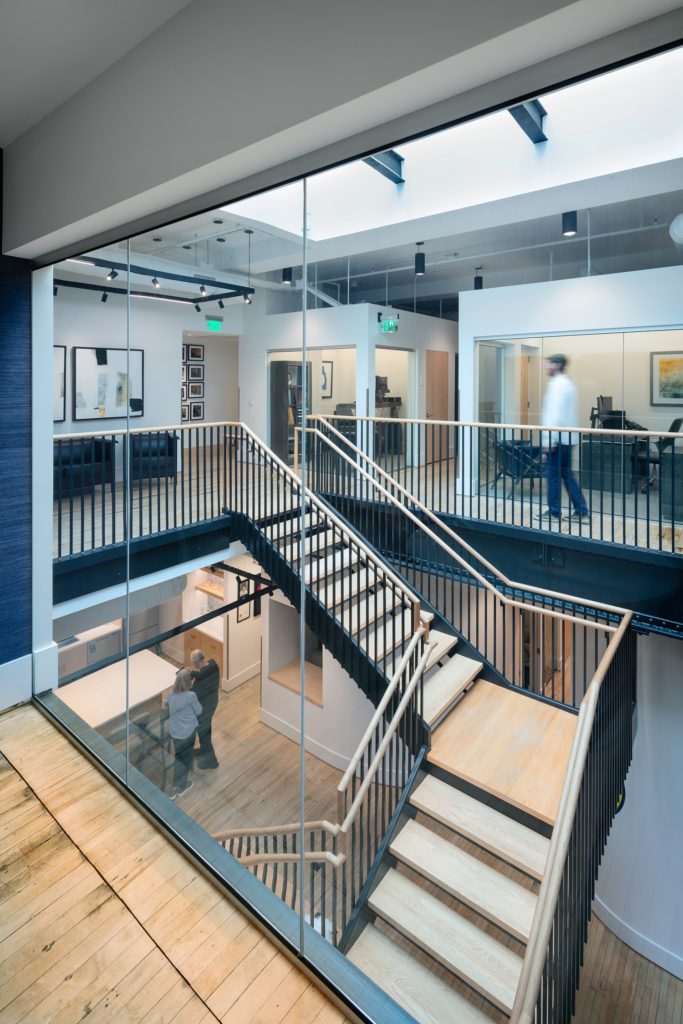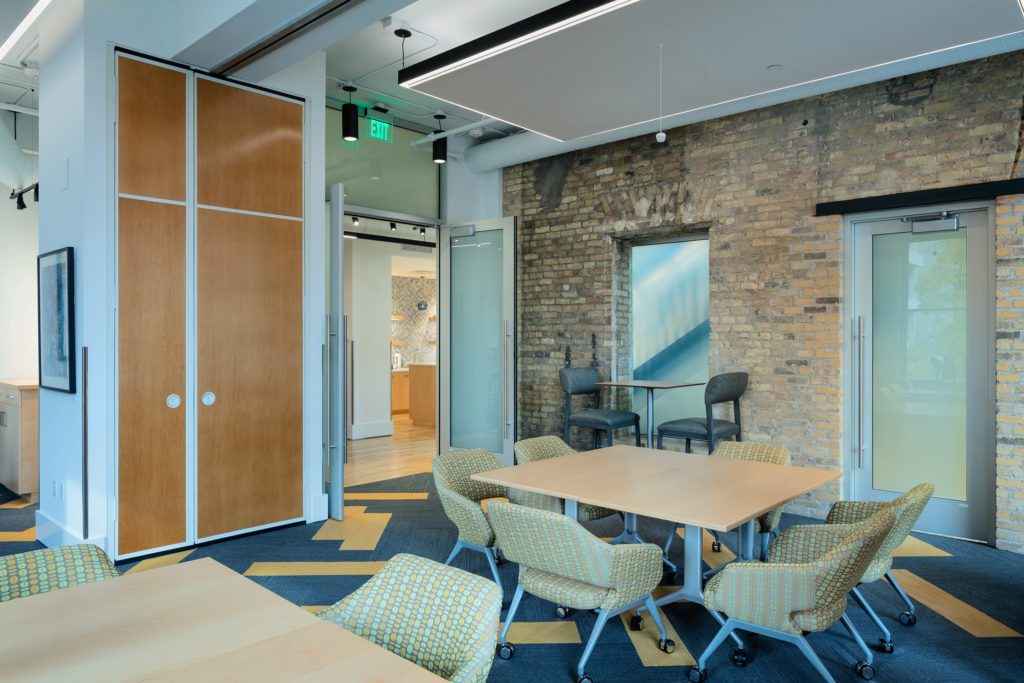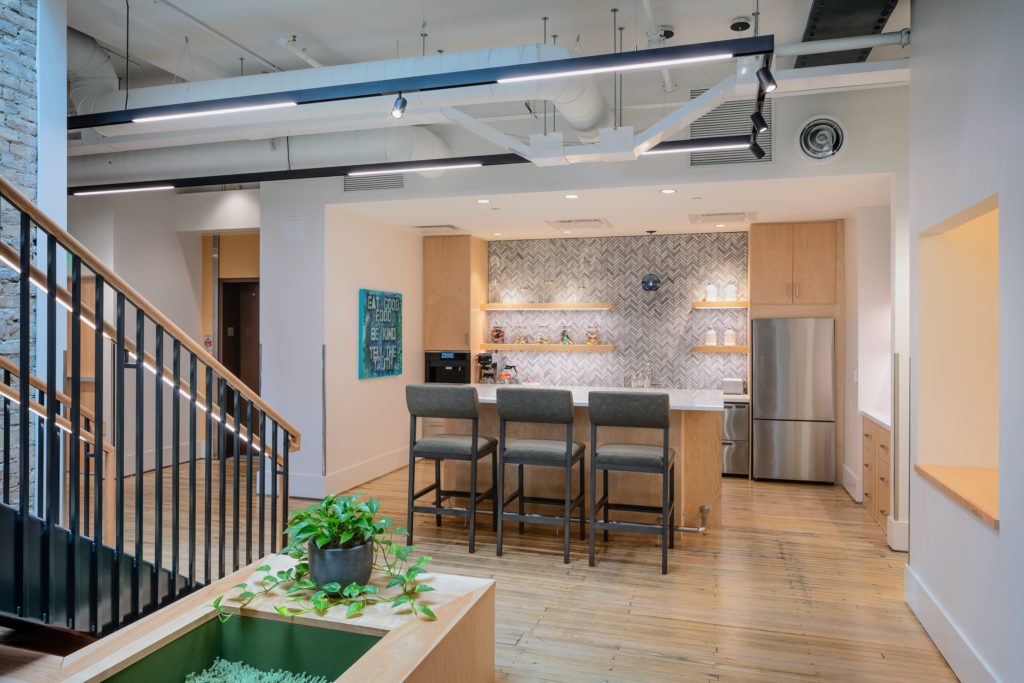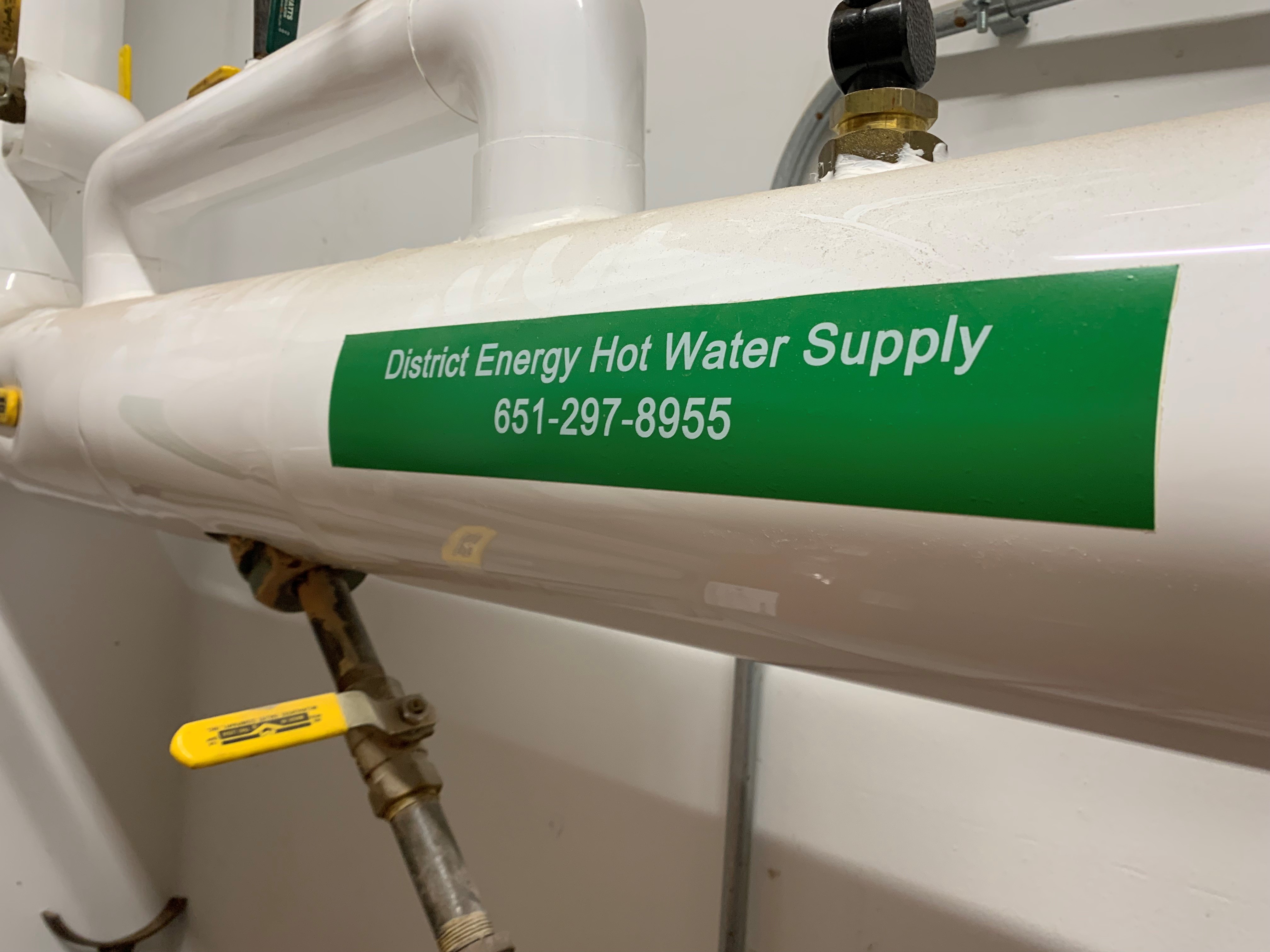LEED Certification
Leadership in Energy and Environmental Design (LEED) is the most widely used green building rating system in the world. Available for virtually all building types, LEED provides a framework for healthy, highly-efficient, and cost-saving green buildings. LEED certification is a globally recognized symbol of sustainability achievement and leadership.
LEED for Operations and Maintenance (O+M) offers existing buildings an opportunity to pay close attention to building operations, by supporting whole buildings and interior spaces that have been fully operational and occupied for at least one year. The project may be undergoing improvement work or little-to-no construction.



It can take up to 80 years to make up for the impacts of demolishing an existing building and constructing a new one, even if the resulting building is extremely energy efficient. Many older buildings around the world are inefficient and resource-depleting, but with keen attention to building operations that can be turned around by using LEED O+M. By focusing on both performance-oriented sustainable strategies and outcomes, LEED helps build—or in this case, realize—high-performing buildings.
The Guardian is pursuing LEED certification in its renovation of its historic building. To this end, there are a variety of strategies to lessen the environmental footprint of its operations and maintenance related, but not limited, to: transportation; stormwater management; habitat creation; urban heat island effect; energy efficiency; onsite renewable energy production; reuse of the historic building and its embodied energy; sustainable material selection; improved indoor air quality and access to daylight; elimination of exposure to harmful materials.
Location + Transportation
The Location and Transportation (LT) category is based on where the project is located, its connectivity to public transportation and resources, and making accommodations for those using alternative transportation modes.
Sustainable Sites
The Sustainable Sites (SS) credit category was created to ensure that a project’s natural environment would be valued and respected throughout every step of the building process, from planning to construction to management.
Water Efficiency
Buildings are major users of our potable water supply. The goal of the Water Efficiency (WE) credit category is to encourage smarter use of water, inside and out.

Materials and Resources
The Materials and Resources (MR) category is about minimizing the energy and environmental impacts associated with the extraction, processing, transport, maintenance, and disposal of building materials.
Indoor Air Quality
The Indoor Environmental Quality (EQ) category addresses indoor air quality and thermal, visual, and acoustic comfort. This comfort has been shown to enhance productivity, decrease absenteeism, and improve the building’s value.